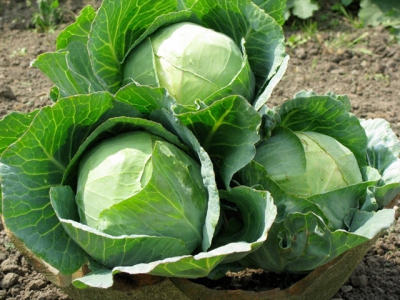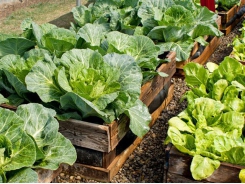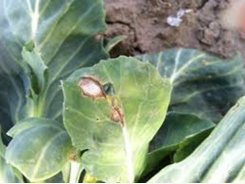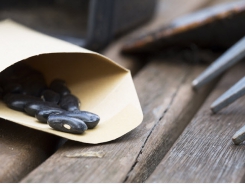Safeguarding soil fertility to cabbage maturity

Nitrogen is mobile and VITAL for a good cabbage crop. Get it right to produce consistent, high yields. Most crop failures are a direct result of nitrogen loss in soil.
It’s easy enough to put nitrogen into soil, but it’s not as easy to keep track of whether it’s still there and in what form.It requires skill, experience and understanding of how elements work to determine the nitrogen status of soil at any given stage in the crop’s production.
There’s a misconception that cabbages won’t respond to nitrogen beyond the early stage of the plant’s life. This is the result of a misunderstood trial done some years ago, of which I won’t go into the details. As long as the crop is still growing, it will need nitrogen – regardless of its stage to maturity.
It’s logical for the plant to use more nitrogen in the later half of its life than at the start, as it accumulates more mass as it grows. Nitrogen levels must also be correct right at the start. One way to keep track of nitrogen is to watch the leaves. A shortage of nitrogen will see them becoming pale, although by the time that happens losses will have occurred.
Nitrogen in waterlogged soil
All the available nitrogen in the soil can be lost at any time through leaching or waterlogging. When the nitrogen is in the nitrate form, one heavy rain can take it all beyond the root zone. With waterlogging, anaerobic bacteria remove oxygen from the nitrate, transforming it into the gaseous form, and putting it back into the air. This waterlogging doesn’t have to be in a form where water is visible on the soil, but can be in the form of constant wet conditions in “tight” soil. I’ve often found it occurring in heavy clay soils after a few days of steady rain, but with no sign of water on the surface – another good reason to improve the soil structure through careful tillage and adding organic matter.
Ensuring sufficient nitrogen in soil
The safest way to ensure there’s enough nitrogen in soil is through frequent application. I prefer three applications, including the post-planting application. More nitrogen is needed depending on the soil type, condition and rainfall patterns. For example, sandy soils in high rainfall conditions should have the total nitrogen allocation applied in more applications. Each farmer must decide how often to apply and how much to apply at each application. The total nitrate will be around 150kg/ha to 180kg/ha, depending on how much is initially in the soil from mineralisation and left over from the previous crop.
After heavy rain, a farmer might wonder how much nitrogen is left in the soil. At other times, they may not be sure how much ammonia from the last application has been converted to leachable nitrate.
When in doubt, it’s best to apply more. A little too much nitrate won’t adversely affect the crop yield, but too little nitrogen will have a profound effect on the yield.
Usually, you would do about three applications two weeks apart and only then make adjustments according to conditions that may have caused nitrogen loss in the soil. Look at the colour of the leaves all the way through to ensure they are in good condition. A good organic content will contribute substantially to stabilising the nitrogen levels, making production easier and safer.
Related news
Tools

Phối trộn thức ăn chăn nuôi

Pha dung dịch thủy canh

Định mức cho tôm ăn

Phối trộn phân bón NPK

Xác định tỷ lệ tôm sống

Chuyển đổi đơn vị phân bón

Xác định công suất sục khí

Chuyển đổi đơn vị tôm

Tính diện tích nhà kính

Tính thể tích ao




 Growing and Caring for Organic Strawberries
Growing and Caring for Organic Strawberries  Seed Saving 101: 10 Things to Know If…
Seed Saving 101: 10 Things to Know If…